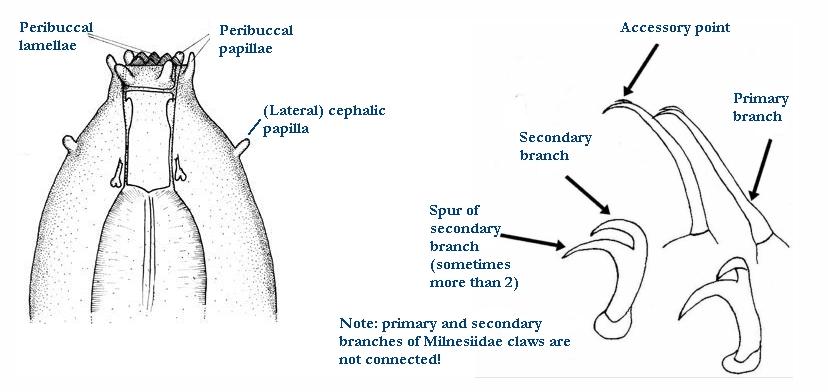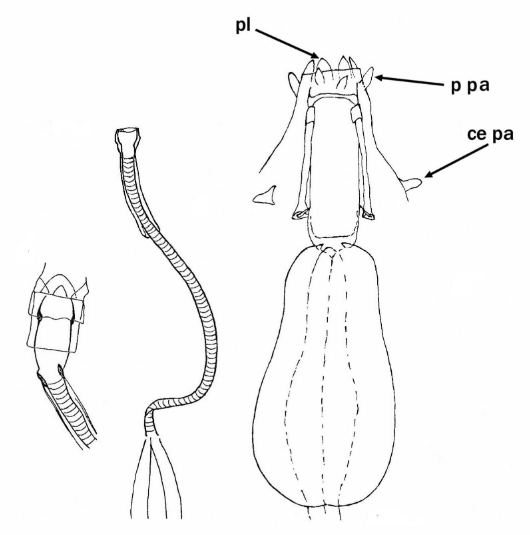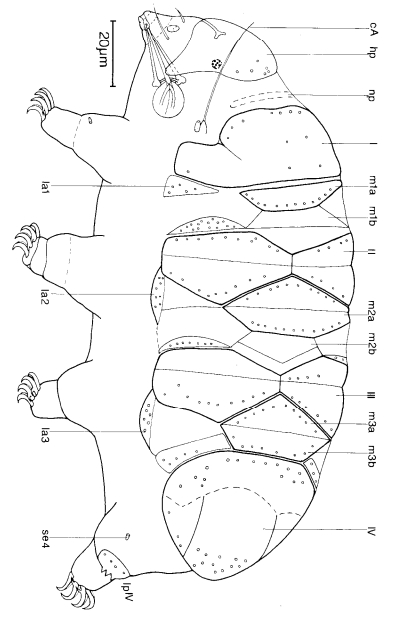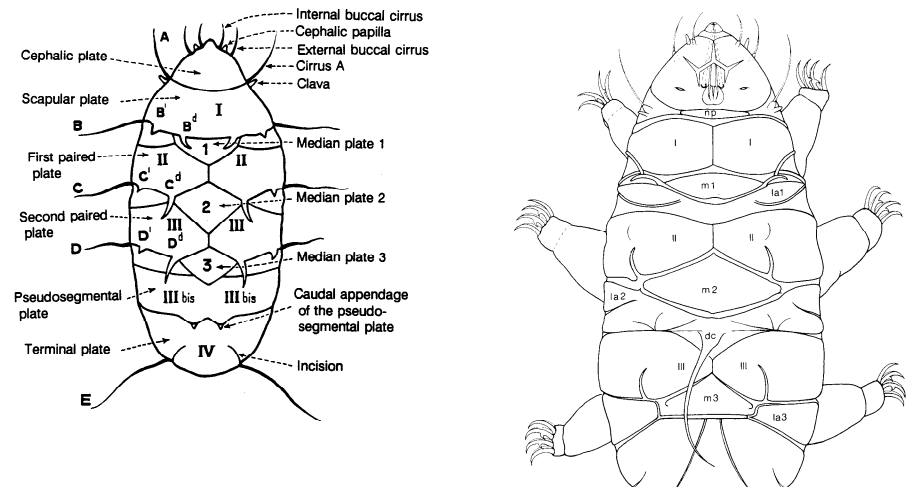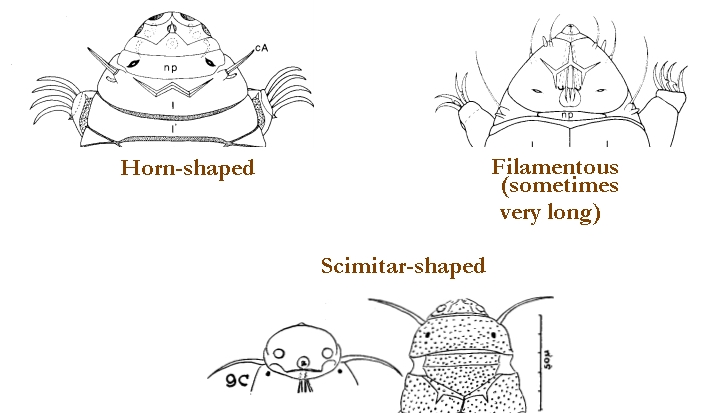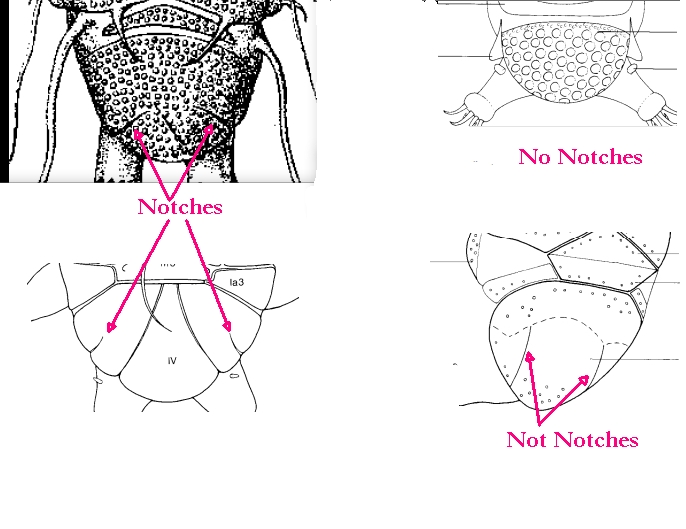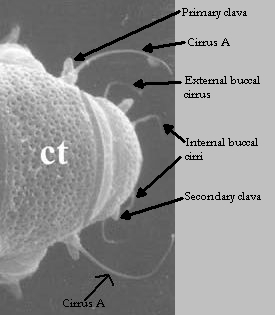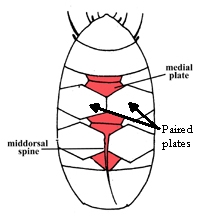Genus description from Pilato 2009: “Claws of Hypsibius type. The bucco-pharyngeal apparatus […] is a variant of the Diphascon model (Pilato & Binda, 1983): the bucco-pharyngeal tube is subdivided into a rigid buccal tube and a flexible pharyngeal tube with a spiral thickening; buccal tube without ventral lamina. The dorsal and ventral apophyses for the insertion of the stylet muscles are large and asymmetrical with respect to the frontal plane […]. Dorsal apophysis triangular in shape with rectilinear dorsal margin and posterior apex very distant from the buccal tube wall […]; the ventral apophysis with arched margin and posterior apex nearer to the buccal tube wall. Caudal processes of both apophyses, well developed, pointing backwards and sideways. Peribuccal lamellae and papulae absent; small pharyngeal apophyses and placoids present. Branches of the stylet furcae with thickened, swollen, rounded apices. […] The bucco-pharyngeal apparatus of Bindius gen. nov. differs from that of the typical apparatus of Diphascon in having asymmetrical apophyses for the insertion of the stylet muscles overall due to the particular shape of the dorsal apophysis […]. Three other genera of Hypsibiidae (Ramazzottius Binda & Pilato, 1986, Hebesuncus Pilato, 1987 and Mixibius Pilato, 1992) have bucco-pharyngeal apparatus with the apophyses for the insertion of the stylet muscles in the shape of hooks asymmetrical with respect to the frontal plane, but Bindius gen. nov. differs from them in the shape of both of these apophyses.”
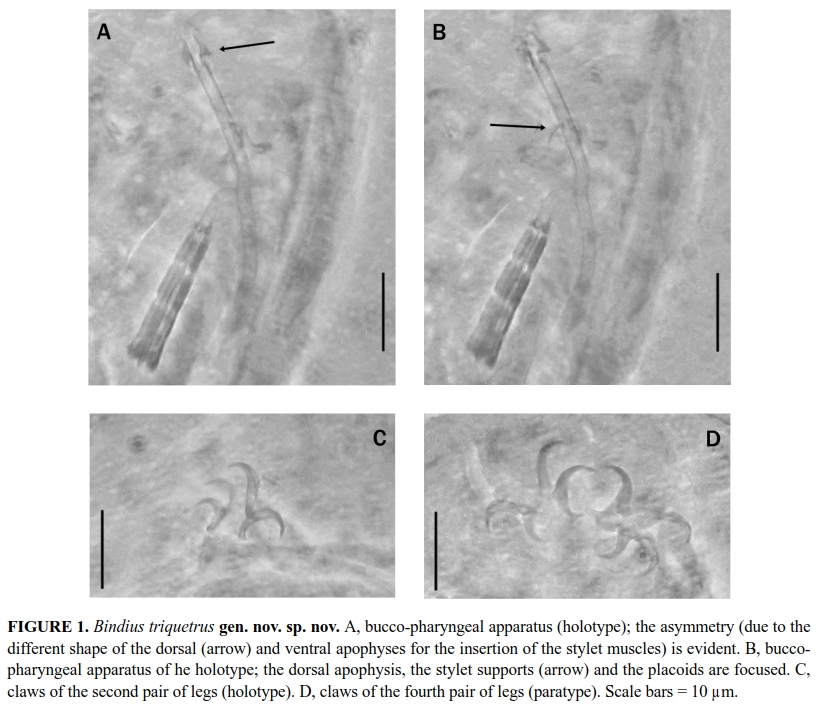
Citations:
Pilato G. 2009. Bindius triquetrus gen. nov. sp. nov. (Eutardigrada, Hypsibiidae) from Sicily (Italy). Zootaxa. 2058: 62-68.





